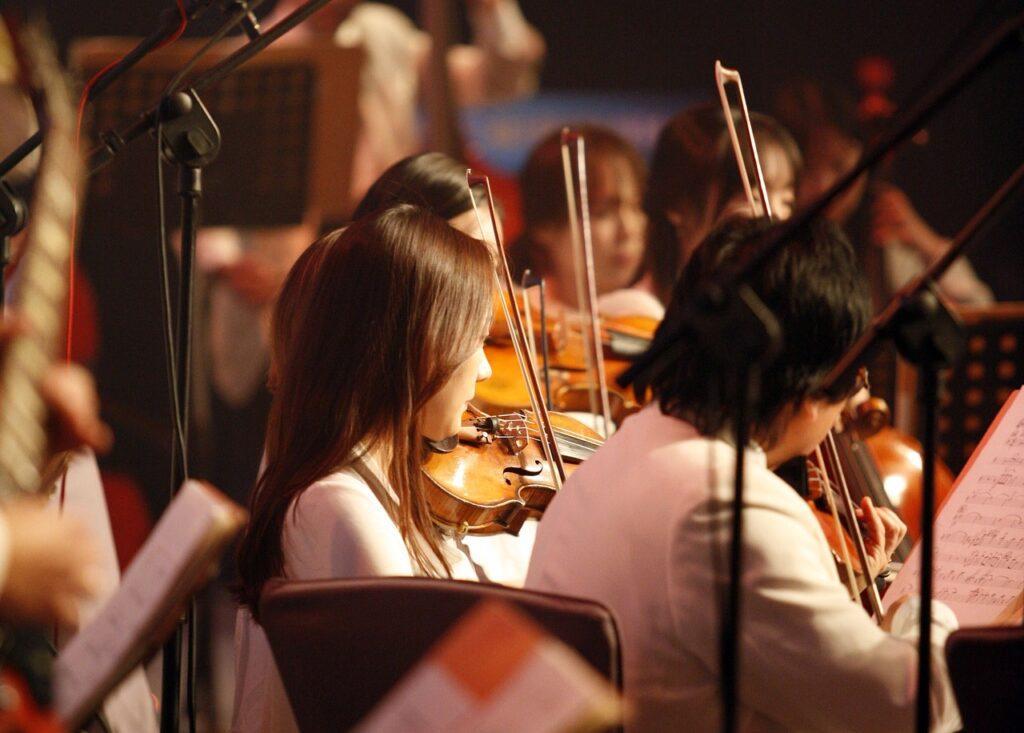Do you want to learn how to read music, but just can’t? Are you a teacher that has students with good ears who struggle with reading? Having a good ear can be a two-edged sword. The student can pick up music quickly by ear. However, the same strength can create challenges for score reading. Read more to learn why it’s so hard for someone with a good ear to learn to read sheet music. Estimated reading time 3 minutes.
Read More

